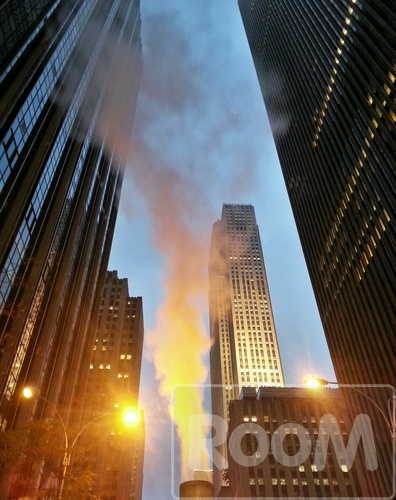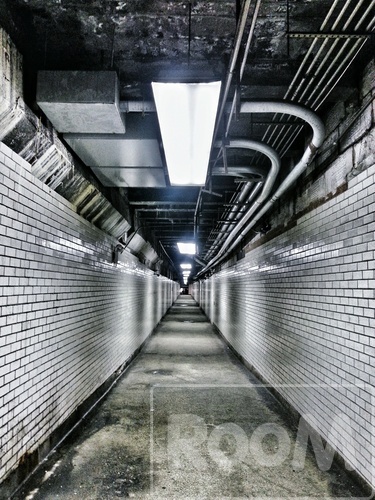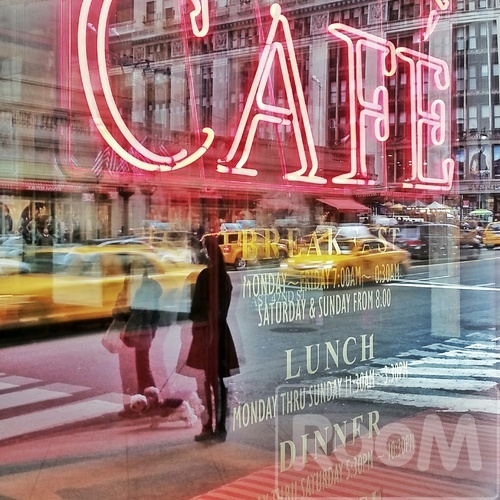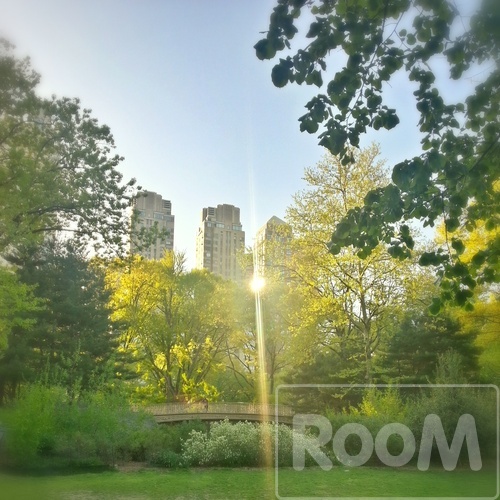In a closed series our RooM Connectors have interviewed the most established and promising photography talent globally.
It's an insta_view of some of the best talent in the World. Enjoy.
Patrick Batchelder
01/01/2014 https://www.roomtheagency.com/cityscape_nychttp://instagram.com/cityscape_nyc
by marianne@roomtheagency.com
New Yorker, Patrick, has a keen eye for the patterns, colors, shapes, movements, textures and light that define his city. He manages to capture the familiar and make it interesting – he makes us look at our surroundings in a different way. We're big fans of Patrick's work and you can view more of his wonderful images here at RooM the Agency.
“I soon began to see there were serious mobile photographers out there doing interesting work”

As a long time professional photographer, can you tell us a little bit about your introduction to mobile photography, how it has evolved and what it means to you.
Although I had been using my phone to take pictures since I got my first camera-phone a couple of years ago, it wasn’t until a good friend of mine persuaded me to join Instagram earlier this year that I started to take mobile photography seriously. I soon began to see there were serious mobile photographers out there doing interesting work, and I wanted to become a part of that.
You joined Instagram last year and you now have over 1,500 followers who you seem to interact quite a lot with. Have you been surprised by how you’ve taken to the app and what, in your view, are the best things about the Instagram community.
Yes, I’m a bit surprised at how quickly I took to Instagram. However, from the beginning, I have tried to use Instagram as a serious platform, keeping a consistent theme and feel to my images, and I think this consistency is recognized by those who choose to follow me.
One of the things I like best about Instagram is that you can find people in different corners of the world photographing their surroundings in a serious way. So now I can see images every day from Istanbul, Sydney, Tokyo, Norway, anywhere I choose.
According to figures published earlier this year, over 500 million images are shared every day. Do you feel that’s a good or a bad thing in the way we view photography and consume imagery?
These figures are great for photography in general because millions now have access to cameras and methods to share their photos. Even professional photographers are now finding new ways to showcase their work, so it’s not a necessity any more to have an expensive professionally designed website. There are many options and photographers now often use several different platforms to reach different audiences, at a fraction of the cost compared to several years ago.
Although New York is one of the busiest cities in the world and it’s known as the city that never sleeps, you manage to make it look very peaceful and at times almost deserted. As a born and bred New Yorker, are you deliberately trying to portray a very different image of your city?
There are many peaceful places and moments in New York City, so they are not as hard to find as one might think! But, I am not necessarily looking for those. I am trying to portray the everyday New York City scene in a way that is interesting and different. I consider a photo a success if someone says: “Wow, I walk by that thing every day and never noticed it in that way.” Often this means looking for those peaceful moments, or maybe just waiting for people to move out of the way. Other times it means waiting for the color, light or composition to come into a particular balance that may create a serene composition from the madness. But as I walk through the city every day, I am seeing the ordinary street corner or statue or building façade more often than the stereotypical crowded midtown street. Basically I’m just looking for cool shots of New York!

You’ve travelled a lot – especially throughout Japan which is culturally almost as far apart as you can get from America. Do you see things in the same way when you’re shooting in Japan or does being in a different place affect the way you approach your craft?
Shooting in Japan doesn’t affect the way I approach photography, but being in a different place does affect the way I see things—everything looks interesting! When you’re in a different place you see the same things as at home: streets, stores, buildings, trains; but they’re different streets, stores, buildings and trains and they look different, so they become new and interesting subjects. I tend to shoot more ordinary scenes when I travel, such as storefronts, signs, transportation, people standing on corner.
“A good photo is a good photo”

There is a definite snobbery in the photography world with some of the more traditional photographers differentiating between “real” and “mobile” photography. Isn’t it all the same at the end of the day no matter what equipment has been used or do you agree with Annie Leibovitz when she said “computer photography won’t be photography as we know it. I think photography will always be chemical”.
In the end I think it is all the same. A good photo is a good photo, no matter if it was made with an 8x10 camera or a mobile phone or a plastic Diana camera. It’s really the eye that sees the photo before any device can capture it, so if you don’t see it, it really doesn’t matter. However, there is still a great difference in quality among the various tools, and for the professional photographer who desires the best quality available, this is a concern. I can shoot a great photo with my mobile phone or a plastic camera, but will the quality be good enough to present to a client? This is the dilemma facing the professional photographer.

This insta_view can be republished but it must credit RooM the Agency and link directly to the source.

